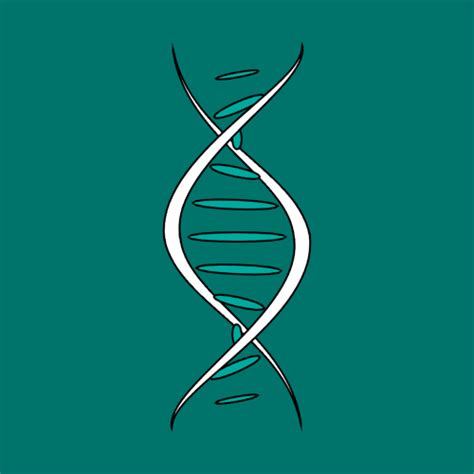Conquering Stubborn Belly Fat While Building Lean Muscle
Many aspire to a physique that boasts both a trim waistline and well-defined muscles. While seemingly contradictory, simultaneously shedding stubborn belly fat and building lean muscle mass – a process known as body recomposition – is achievable with a strategic and consistent approach. It demands more than just diet or exercise; it requires a holistic understanding of your body and a commitment to smart choices.
Understanding Stubborn Belly Fat
Belly fat, particularly visceral fat (the type surrounding your organs), isn’t just a cosmetic concern; it’s linked to serious health risks. It’s often the last to go because of various factors, including genetics, hormones (like cortisol), and insulin sensitivity. To effectively target it, you need to create an environment in your body that favors fat burning over fat storage, all while supporting muscle protein synthesis.

Nutritional Strategies for Fat Loss and Muscle Gain
Nutrition is paramount. You cannot out-train a poor diet when trying to achieve body recomposition. The goal is a slight calorie deficit for fat loss, but with enough protein and nutrient density to support muscle growth and recovery.
Prioritize Protein Intake
- High Protein Diet: Aim for 1.6-2.2 grams of protein per kilogram of body weight. Protein is crucial for muscle repair and growth, increases satiety (helping you eat less), and has a higher thermic effect than carbs or fats (meaning your body burns more calories digesting it).
Smart Carbohydrate and Fat Choices
- Complex Carbohydrates: Focus on whole grains, fruits, and vegetables. These provide sustained energy for workouts and fiber for digestive health, helping to regulate blood sugar levels.
- Healthy Fats: Include sources like avocados, nuts, seeds, and olive oil. Fats are essential for hormone production and nutrient absorption, but consume them in moderation due to their high calorie density.
Maintain a Slight Calorie Deficit
To lose fat, you must consume fewer calories than you burn. However, a severe deficit can hinder muscle growth. Aim for a modest deficit (250-500 calories below maintenance) to ensure a steady, sustainable fat loss while preserving muscle.

Training Protocols for Body Recomposition
Your workout regimen needs to be efficient, challenging, and geared towards both building muscle and burning fat.
Strength Training is Non-Negotiable
- Compound Movements: Incorporate exercises like squats, deadlifts, bench presses, overhead presses, and rows. These work multiple muscle groups, stimulate a greater hormonal response, and burn more calories.
- Progressive Overload: Continuously challenge your muscles by increasing weight, reps, sets, or decreasing rest times. This is the fundamental principle for muscle growth.
- Frequency: Aim for 3-5 strength training sessions per week, hitting each major muscle group 2-3 times.
Strategic Cardio for Fat Loss
- High-Intensity Interval Training (HIIT): Short bursts of intense exercise followed by brief recovery periods are incredibly effective for calorie burning and boosting post-exercise oxygen consumption (EPOC), leading to more fat burned even after your workout.
- Steady-State Cardio: Incorporate some low-to-moderate intensity cardio for cardiovascular health and active recovery, but don’t overdo it, as excessive cardio can sometimes hinder muscle gain in a deficit.

Lifestyle Factors That Support Your Goals
Beyond the gym and kitchen, several daily habits play a crucial role in your success.
Prioritize Quality Sleep
Lack of sleep elevates cortisol levels (a stress hormone linked to belly fat storage) and disrupts appetite-regulating hormones like ghrelin and leptin, making you hungrier and more prone to cravings. Aim for 7-9 hours of quality sleep per night.
Manage Stress Effectively
Chronic stress also leads to elevated cortisol, which encourages fat storage around the midsection. Implement stress-reducing activities like meditation, yoga, deep breathing exercises, or spending time in nature.
Stay Hydrated
Drinking plenty of water is vital for metabolic function, satiety, and energy levels. Often, thirst is mistaken for hunger, leading to unnecessary snacking.

Putting It All Together: A Holistic Approach
Successfully targeting stubborn belly fat and building lean muscle mass is not about quick fixes; it’s about consistency and integrating these strategies into a sustainable lifestyle. It requires patience, discipline, and a willingness to adjust your approach based on your body’s response.

Conclusion
While challenging, achieving a leaner, more muscular physique is entirely possible with a dedicated plan. By focusing on a protein-rich, calorie-controlled diet, engaging in progressive strength training combined with strategic cardio, and prioritizing sleep and stress management, you can transform your body, reduce stubborn belly fat, and build the lean muscle mass you desire for a healthier, stronger you.




